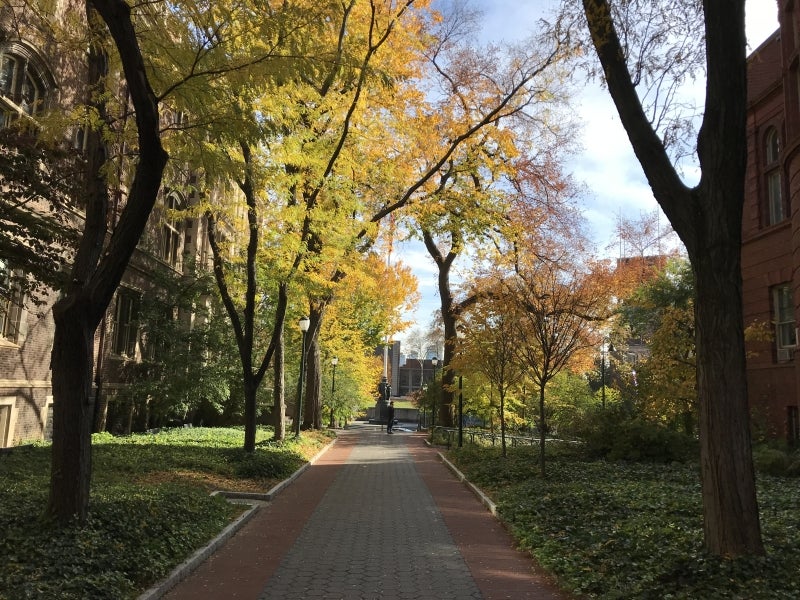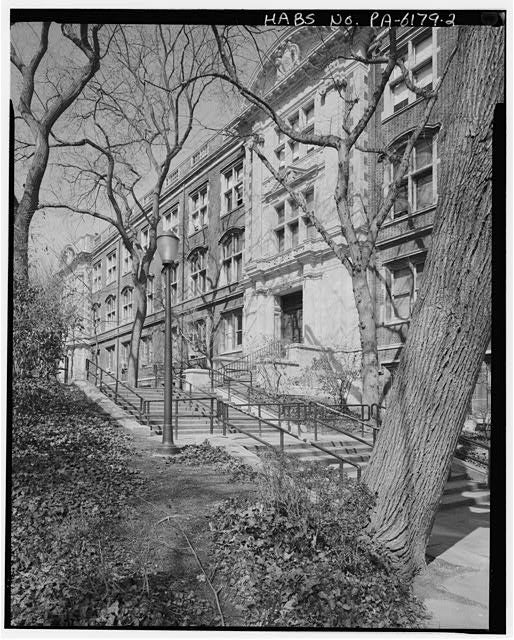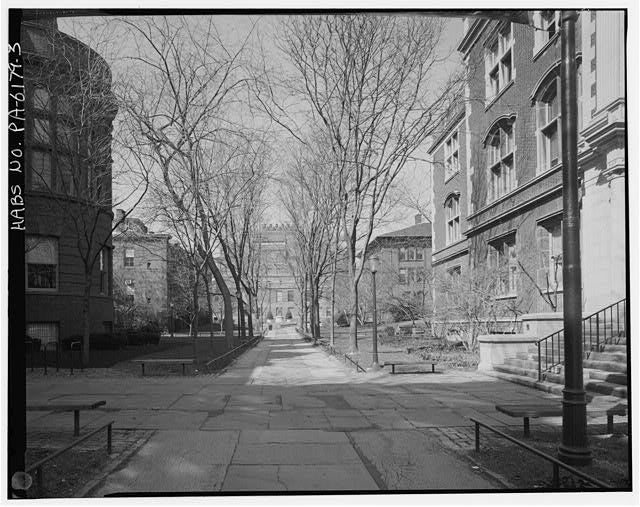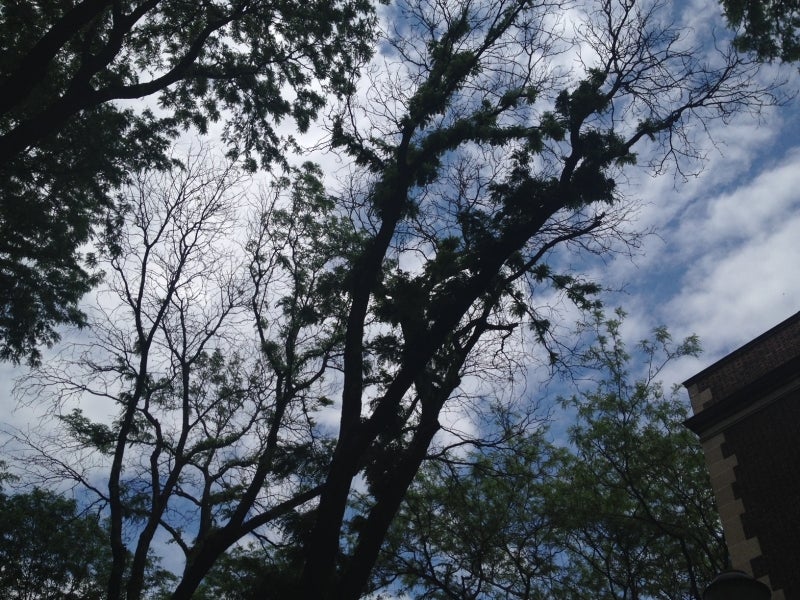Blog


One of the routine but very important decisions Penn’s landscape and urban forestry professionals must make every year is when to remove trees on campus and if those trees can be used in new or innovative ways. The campus is an official arboretum and the caretakers of it take numerous factors into account before making these decisions. This year, after much deliberation, the Morris Arboretum & Gardens' Urban Forestry Consultant team, in conversation with the Office of the University Architect and Operations & Maintenance departments in Facilities and Real Estate Services, determined it is time to schedule the removal of six of the remaining seven honeylocusts (Gleditsia triacanthos) on Smith Walk. They are also developing a plan for the reuse of the honeylocusts and the planting of new trees in their place.


A major consideration this year was the health of these trees and the lack of species diversity that contributed to their decline. These six honeylocusts have a documented history of myriad pests and diseases including honeylocust plant bugs (Diaphnocoris chlorionis), spider mites (Platytetranychus multidigituli), and Bacterial Leaf Scorch. They will be removed over fall break, though one honeylocust tree will remain that has shown resilience to these pests. It will continue to be monitored and assessed, as is done for all campus trees.
This is not the first time Smith Walk has gone through a tree metamorphosis. Many years ago, the oldest pedestrian walk on Penn’s campus was originally planted with American elms (Ulmus americana) (Figures 1 and 2). Due to the ravages of Dutch Elm disease, many of these trees too had to be removed, as with many of the elms throughout the United States. Penn is lucky that a few of these American elms still stand at the east end of the walk and are in good enough health that their ailments can be managed with regular treatments. Smith Walk was subsequently planted into a monoculture of honeylocust trees, which have been declining for several years.
Monocultures are vectors of disease, as scientists have proven, with pests and infections spreading at accelerated rates when the same species is planted in proximity en masse. In the past ten years, Penn staff and consultants have been working on succession planning for this walk, to replace many of the ailing honeylocusts over time with a diverse set of native tree species, including Kentucky coffeetrees (Gymnocladus dioicus), disease-resistant American elm (Ulmus americana) cultivars, willow oaks (Quercus phellos), and yellowwoods (Cladrastis kentukea), all of which can already be found thriving in other spots around campus.


It is, of course, a sad day when any tree must be removed — especially trees as venerable as these. Yet every organism, from the smallest krill to the largest oak, has a life span, and for these trees that period has come to an end. The next time you walk by, you are invited to take a moment and appreciate all their twiggy glory, say a small goodbye, and a thank you before they are gone from Smith Walk.
The trees will not completely disappear from Penn’s campus. Penn’s urban forestry experts will reclaim all pieces possible, using the lumber to build new decking and benches around campus. What cannot be salvaged will be turned into mulch and used on the University’s grounds. Keep your eyes peeled for some new residents as additional trees will be planted to line Smith Walk next spring.
To learn more, contact Brent Lewis, University Landscape Architect: BrentL@upenn.edu. The teams working on this project encourage everyone to explore the plants on campus, and to appreciate the beauty of Penn’s trees year-round. To learn more about a specific tree, please see the University’s newly updated plant finder here.